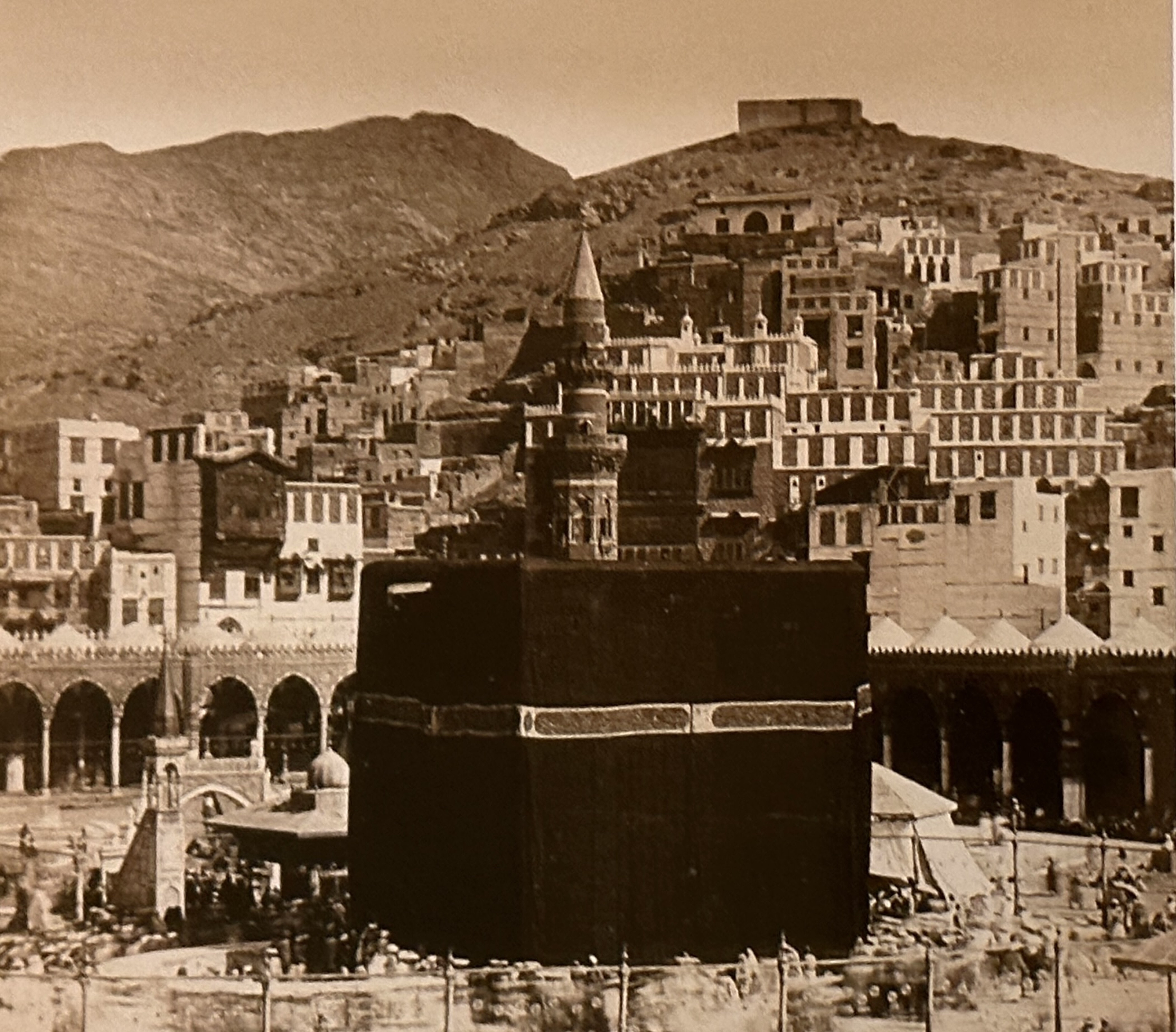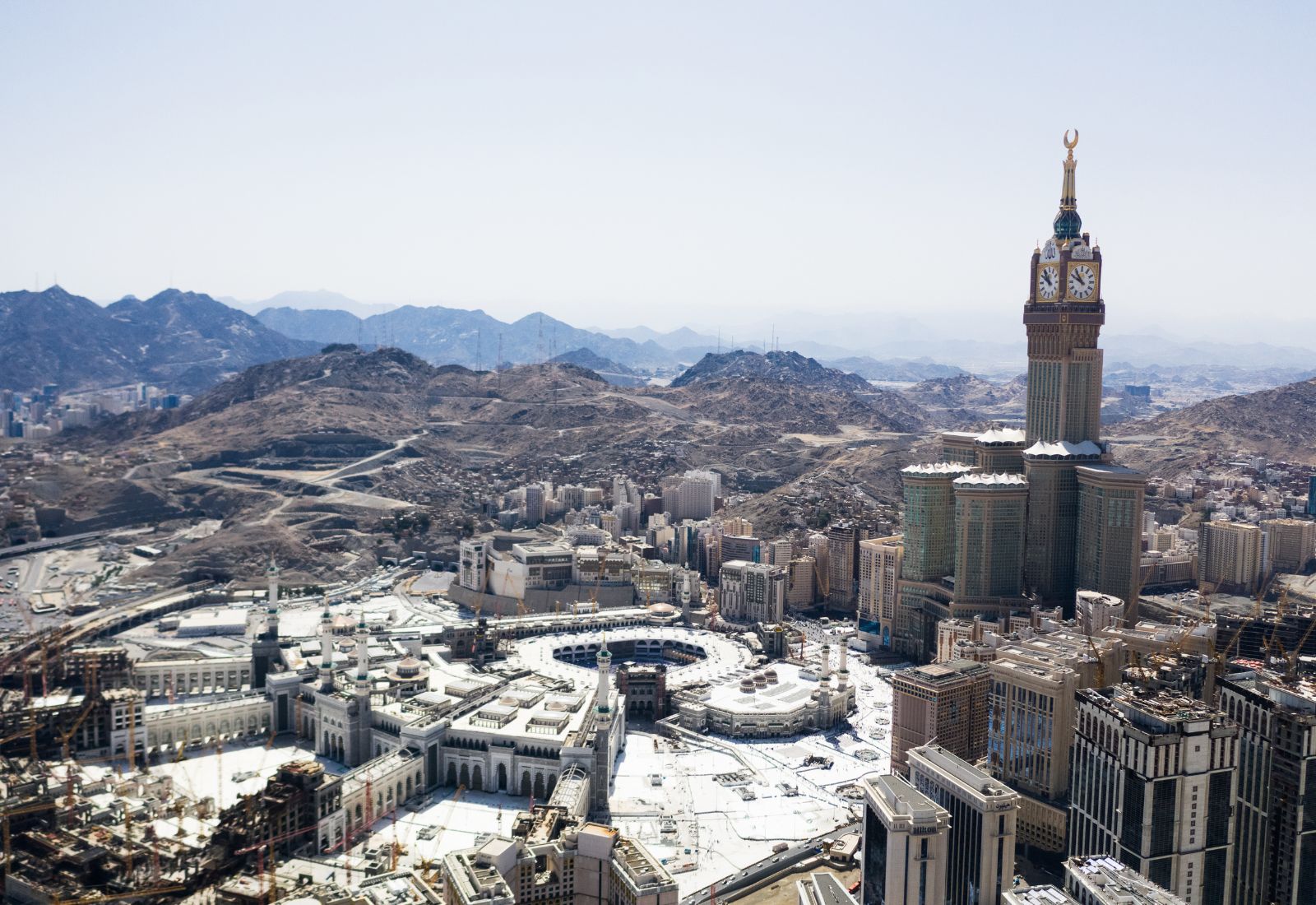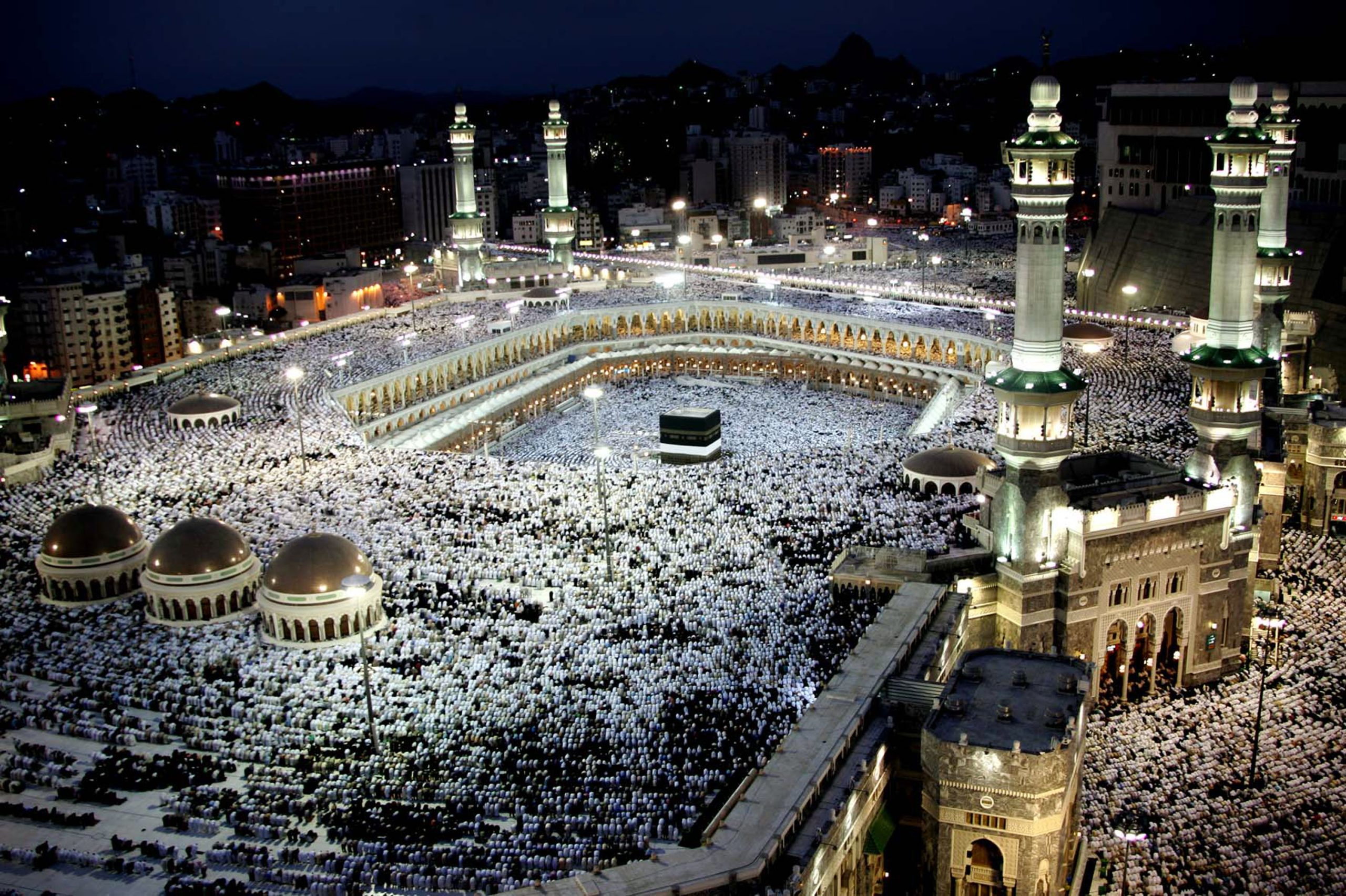Umrah – one of the holiest experiences a Muslim can undertake, but what exactly does the pilgrimage look like? Here’s everything you need to know about the process, the benefits and the time of year most believers choose to go.
What is Umrah?
Umrah is an Islamic pilgrimage taking place in Makkah, Saudi Arabia. Every year, millions of Muslims travel to the holy city, home to the holy Kaaba or House of God.
The trip is more a spiritual journey than it is a physical one, with devotees expressing love and gratitude, whilst hoping to strengthen their connection to Allah SWT.
When does Umrah take place?
One should note that there are technically two types of Umrah. The first is Umrah al Tammatu, which is an obligatory ritual performed just before Hajj.
The second, Umrah al Mufradah, can take place at any point throughout the year. It is also more affordable and takes less time to complete.
The rest of this article will focus on this form of Umrah, which unlike the Hajj pilgrimage is entirely voluntary. There is also no limit to the number of times one can partake.
Most Muslims choose to perform Umrah in Ramadan, believing there is higher mercy and acceptance of prayers. In fact, there’s even a Hadith comparing the benefits of Umrah al Mufradah in the holy month to those of the Hajj pilgrimage.

The history of Umrah
Historically, the very first Umrah was the pilgrimage made by the Prophet Muhammad (PBUH) when he led the migration of Muslims from Madinah.
Since then, believers of the faith have followed in his footsteps. Nowadays, you see men and women of all backgrounds come together, regardless of ethnicity, culture or social class.
As for the word itself, it means “to visit a populated place” in Arabic. So what exactly does the pilgrimage consist of? And what are its associated benefits and rewards?
Umrah rituals: Ihram
Umrah rituals are divided into three pillars. The first is Ihram, a sacred state in which Muslims must enter before reaching miqat, the principal boundary for the pilgrimage.
This is achieved through cleansing rituals upon reaching the miqat, alongside dressing in the prescribed attire, declaring their Ihram intention and reciting the Talbiyah prayer.
This is typically repeated until reaching the holy Kaaba. Upon arrival to the House of God, one should approach the Black Stone with the utterance of Takbir (Allahu Akbar).

Umrah rituals: Tawaf
The Tawaf stage involves circling around the Kaaba seven times. Upon passing the Black Stone each time, one should honour it through kissing or pointing to it if from afar.
During each rotation, there is also a supplication dua that should be recited. Once complete, pilgrims pray two rakats, ending the seventh round exactly where they began.
Umrah rituals: Sa’i
Next comes Sa’i, a practice that involves walking between the summits of the Safa and Marwa hills. This, too, is performed seven times.
The distance between the two is approximately 450 metres. During each ascent and descent, worshippers should recite duas or supplication.
In order to complete this stage of Umrah, male pilgrims must either shave or shorten their hair. Women must cut their hair by at least half.
Umrah rewards
The Umrah pilgrimage grants spiritual, physical and psychological rewards.
Alongside repentance from sins and essentially a moral reset, it is believed to remove poverty from one’s life.
“Aim to go for Umrah as much as possible,” says Sheikh Dr Yasir Qadhi during one of his khutbahs. “Spend for the sake of Allah (SWT) and Allah (SWT) will give back.”
Alongside renewed faith and connection with The Almighty, a sense of inner fulfilment is achieved. It’s “the way the soul feels, and the peace and accomplishment it demonstrates.”
Qadhi also touches on the bodily benefits of Umrah: “We all feel that boost, that energy recharge when we go to Makkah. We thank Allah that he has given us blessed times and blessed places to charge our batteries.”
One final underrated benefit is the power of unity. Indeed, our sense of community is heightened when surrounded by the Ummah. Only during Hajj or Umrah can one appreciate the true diversity of our Muslim collective.

Umrah-related trends
It’s becoming increasingly common for worshippers to make the most of their time in the Kingdom, by spending additional time in other Saudi cities post-pilgrimage.
Madinah and Jeddah are two of the most popular destinations, but Abha and Al Ula also get their fair share of footfall.
This aligns with Saudi Arabia’s economic intentions. Indeed, expanding the tourism sector is a key objective. If recent stats are anything to go by, they definitely seem on track.
Allowing pilgrims to partake in Umrah on any visa has certainly helped, but some take their explorations even further, by rerouting to Jordan, Oman or Qatar before the journey home.
In recent years, innovations in pilgrimage services have greatly enhanced the Umrah experience.
A prime example is Mohammed Bin Mahfouz’s venture, Umrahme, which is pioneering the future of pilgrimage.
As highlighted in Destination KSA, Umrahme leverages technology to streamline the process, making it more accessible and enriching for pilgrims.
This digital transformation not only simplifies the logistical aspects of Umrah but also aligns with Saudi Arabia’s vision of expanding its tourism sector, encouraging pilgrims to explore the country’s rich history and culture beyond Makkah.
As pilgrims embrace these advancements, Umrah continues to evolve, offering a blend of timeless spiritual fulfilment and modern convenience.
“We ensure that while technological advancements streamline processes, the spiritual and traditional aspects of the pilgrimage remain revered and respected,” assures Bin Mahfouz.
Overall, the holy process of Umrah takes just a few hours, but its effects have the potential to last a lifetime.
It’s considered to be one of the best deeds a Muslim can perform. When combined with pure intention, it can lead to life-changing lessons and compoundingly profound rewards.





